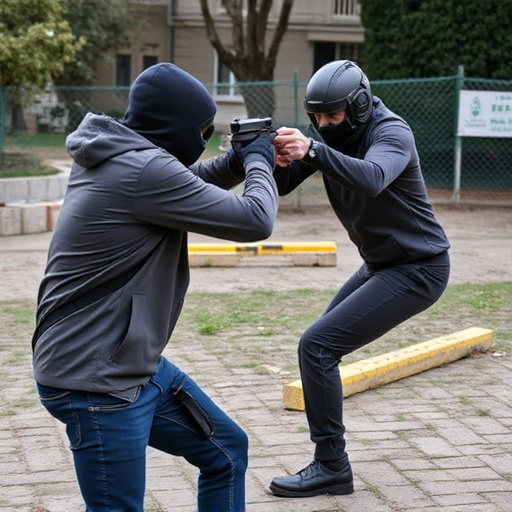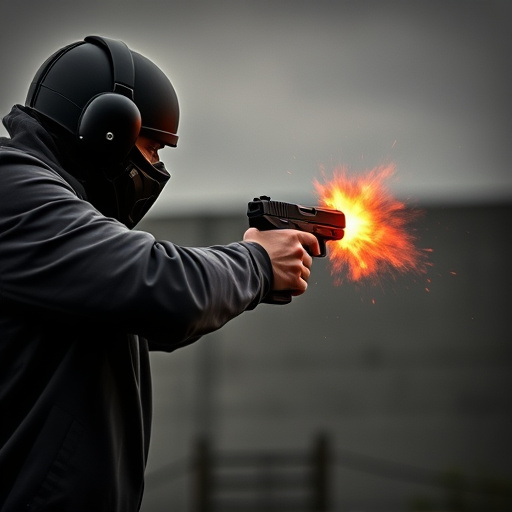Understanding electrical current flow is crucial when selecting Police Grade Stun Gun Options. Devices use direct current (DC) shocks with voltage (50,000-100,000 volts), pulse duration, and energy delivery determining effectiveness. Advanced models offer adjustable current levels, safety mechanisms like automatic shut-off and child-proof locks, multiple stun modes, durable construction, water resistance, and comprehensive manuals for optimal performance and safety in diverse environments.
Discover the science behind stun device effectiveness with our detailed look at electrical current flow. From understanding the fundamentals of how these devices work to exploring the key features and safety considerations of police-grade stun guns, this article covers it all. Uncover the various options available in the market, each designed for specific needs, ensuring you’re informed about the latest advancements in non-lethal self-defense technology.
- Understanding Electrical Current in Stun Devices
- Police Grade Stun Gun: Key Features and Safety Considerations
Understanding Electrical Current in Stun Devices

Understanding the electrical current flow is crucial when considering police-grade stun gun options. Stun devices operate by delivering a powerful electric shock, temporarily disabling an assailant. This is achieved through the rapid flow of electricity, typically in the form of direct current (DC). When activated, a stun gun sends a high voltage, low ampere pulse through conductive pathways, often targeting vital nervous system areas.
The effectiveness of a stun device depends on factors like current strength, duration of the pulse, and energy delivery. Police-grade options are designed to deliver a significant electrical current, usually in the range of 50,000 to 100,000 volts, ensuring swift immobilization. Advanced models may also incorporate features like adjustable current levels and safety mechanisms to prevent accidental activation or overuse.
Police Grade Stun Gun: Key Features and Safety Considerations

Police-grade stun guns are designed with both effectiveness and safety in mind, offering a range of features that set them apart from consumer-level devices. These stun guns often employ high voltage, low current electrical shocks to temporarily incapacitate targets, making them popular choices for law enforcement and personal defense applications. Key features include adjustable voltage settings, allowing users to adapt the device’s power output to different situations and target sizes, and smart safety mechanisms like automatic shut-off and secure, child-proof locking systems.
When considering Police Grade Stun Gun Options, it’s crucial to understand the impact of these features on performance and safety. Advanced models may incorporate multiple stun modes, such as continuous and pulsed settings, enabling users to respond appropriately to various threats. Additionally, durable construction and water resistance are common traits, ensuring reliability in diverse environments. Always prioritize safety by choosing devices with comprehensive user manuals and quality control measures to prevent accidental activation or misuse.
When it comes to choosing a police-grade stun gun, understanding how electrical current flows through these devices is key. By grasping the fundamentals of current flow outlined in this article, including the role of voltage and resistance, you can make an informed decision among various stun device options available on the market. Remember, safety considerations are paramount when selecting any self-defense tool, so be sure to choose a reputable brand and follow all instructions carefully.
